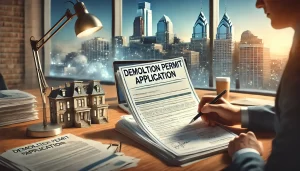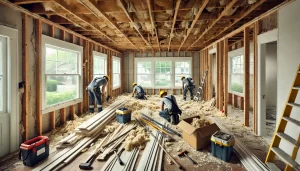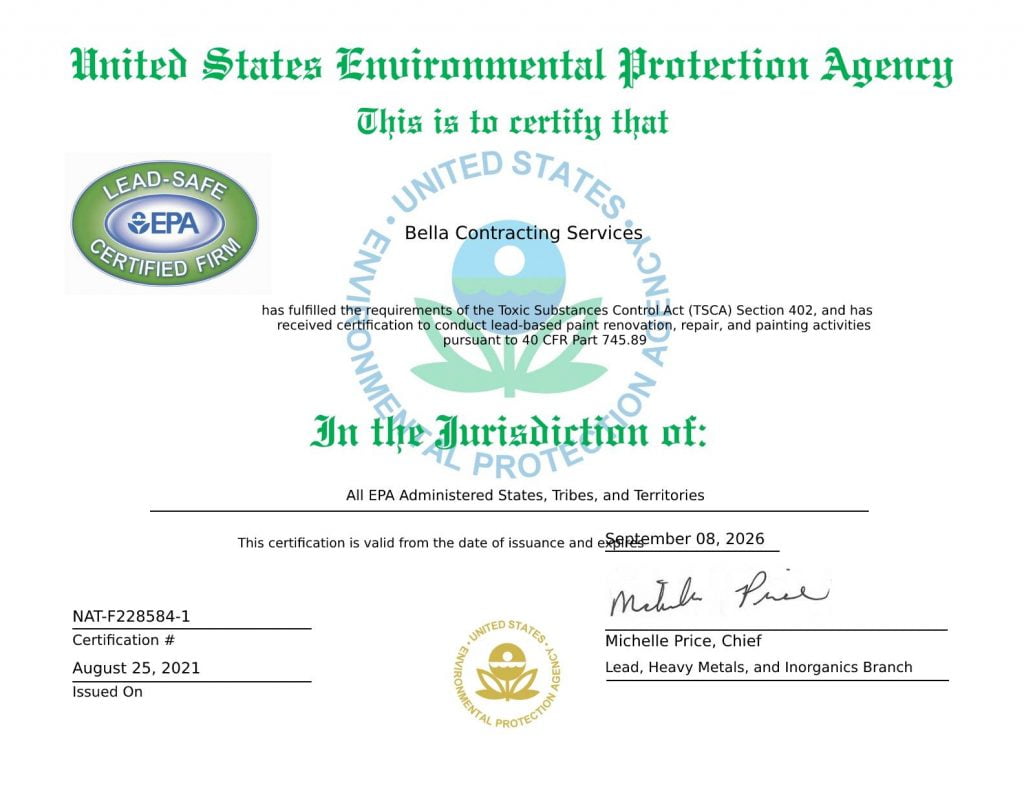When disaster strikes in New York City, demolition contractors play an integral yet often overlooked role in clearing damaged sites and preparing for rebuilding efforts. Whether responding to catastrophic events like 9/11 and Hurricane Sandy or coordinating major redevelopment projects, experienced demolition companies are critical partners in getting New York back on its feet.
Responding to Catastrophic Events
In the aftermath of major disasters in New York City, specialized demolition crews need to mobilize quickly to begin urgent stabilization and debris clearance. Following 9/11, demolition experts were called in to help clear the Twin Towers site and work closely with city engineers to make the area safe again. During Hurricane Sandy, demolition contractors had to coordinate closely with local officials to demolish homes and buildings left unstable from storm damage.
Being able to rapidly deploy emergency response demolition services enables the city to begin rebuilding as soon as possible. Safety is the top priority, as after a catastrophe, sites can be extremely hazardous for remaining structures and first responders. Trusted demolition partners like Bella Contracting have the experience to take prompt and responsible action when New Yorkers need it most.
Adhering to Strict Regulations
All demolition work in NYC requires adhering to stringent regulations regarding safety procedures, dust control, noise limitations, disposal protocols and more. Demolition contractors must obtain proper permits from the Department of Buildings, coordinate with utility companies, and follow environmental regulations from state and federal EPA agencies.
For large-scale demolition projects, additional oversight is required, which companies are accustomed to accommodating. Staying in compliance allows demolition activity to proceed smoothly while protecting workers, the public, and the environment.
Choosing the Right Demolition Methods
Demolition in New York City involves unique challenges and considerations based on the location, structural integrity, size and complexity of the site. Demo contractors assess these factors to determine the most appropriate methods, ranging from mechanical demolition to implosion to deconstruction.
On congested sites, mechanical demolition utilizing specialized equipment like excavators with shear attachments is ideal for selectively dismantling structures. Top-down deconstruction techniques also help control debris when working near occupied buildings. For large high-rises, implosion by expert engineers might be the best approach.
Maintaining Safety Standards
Working in hazardous environments demands strict safety protocols and constant training. All personnel wear appropriate protective equipment and are routinely evaluated on safety performance.
Thorough planning minimizes risks like falling debris, dust and asbestos exposure that come with demolition sites. Contractors like Bella Contracting have specialized training to identify risks and implement controls like perimeter fencing, negative air filtration and hierarchy of controls.
Disposing of Demolition Debris
Responsible waste disposal management is critical in demolition projects, as debris can pile up quickly. Materials are sorted on-site for recycling or salvage whenever possible, while the remaining waste gets hauled to approved DEP disposal facilities.
Careful reporting and chain of custody documentation ensure transparency and accountability in handling job site waste. Environmentally conscious demolition minimizes the impact of rebuilding efforts.
Coordinating Multiple Contractors and Utilities
Major redevelopment projects involve demolition sequencing with multiple trades like abatement crews, excavators and builders. Coordination minimizes delays so each contractor can complete work efficiently.
Before demolition, utilities must be properly disconnected and rerouted to avoid disruption. During rebuilding, infrastructure like electric, water and transit lines may need temporary solutions to keep surrounding areas operational.
Redevelopment and Rehabilitation
Once demolition is complete and debris cleared, the site still needs proper preparation, including grading, compacting and surveying, before moving on to the redevelopment phase.
Demolition contractors work closely with architects, engineers and developers to translate plans into a cleaned, construction-ready site for rehabilitation or ground-up builds. Their expertise helps lay the literal foundation for successful rebuilding outcomes.
Conclusion
In New York City’s history of tragedy and renewal, demolition contractors provide the critical bridge from disaster to recovery. Their rapid response capabilities, regulatory knowledge, technical skills and environmental diligence allow New Yorkers to reclaim and rebuild their communities. Demolition companies will continue serving as key partners in the city’s resilience.










